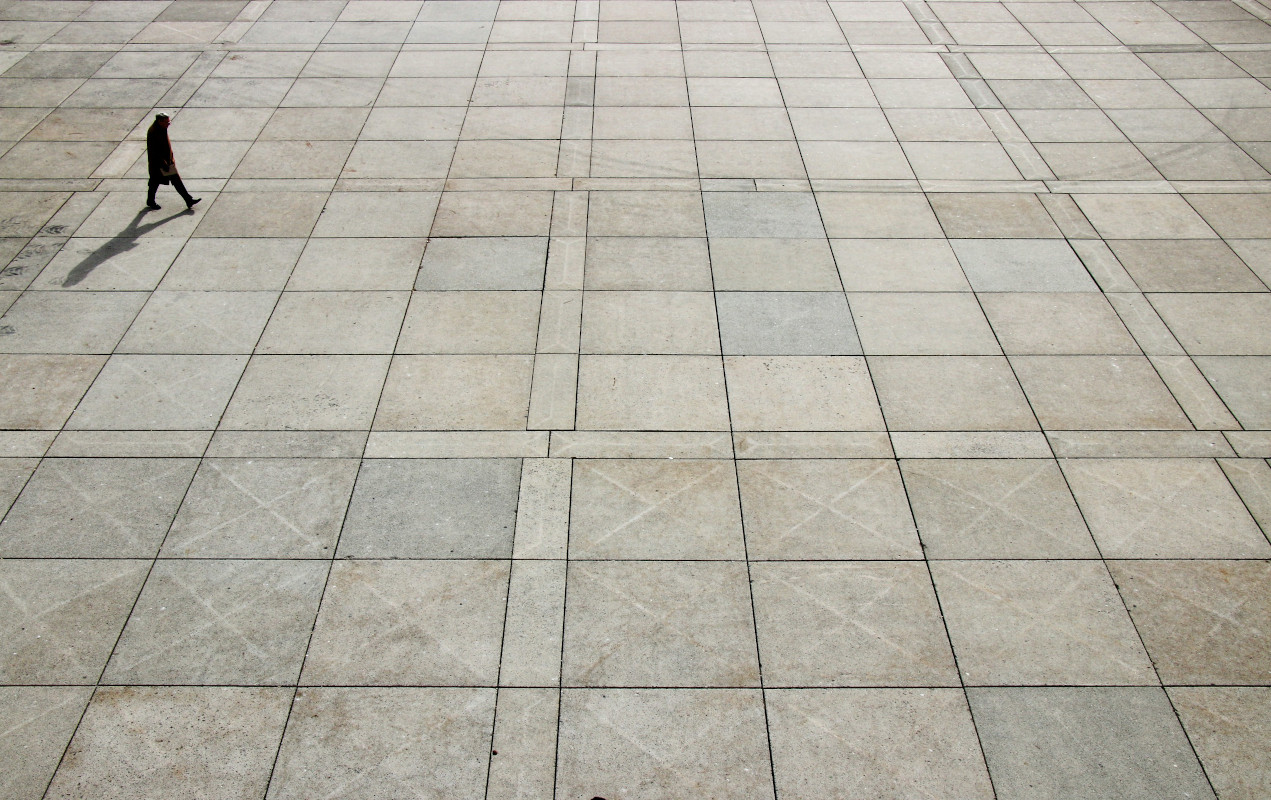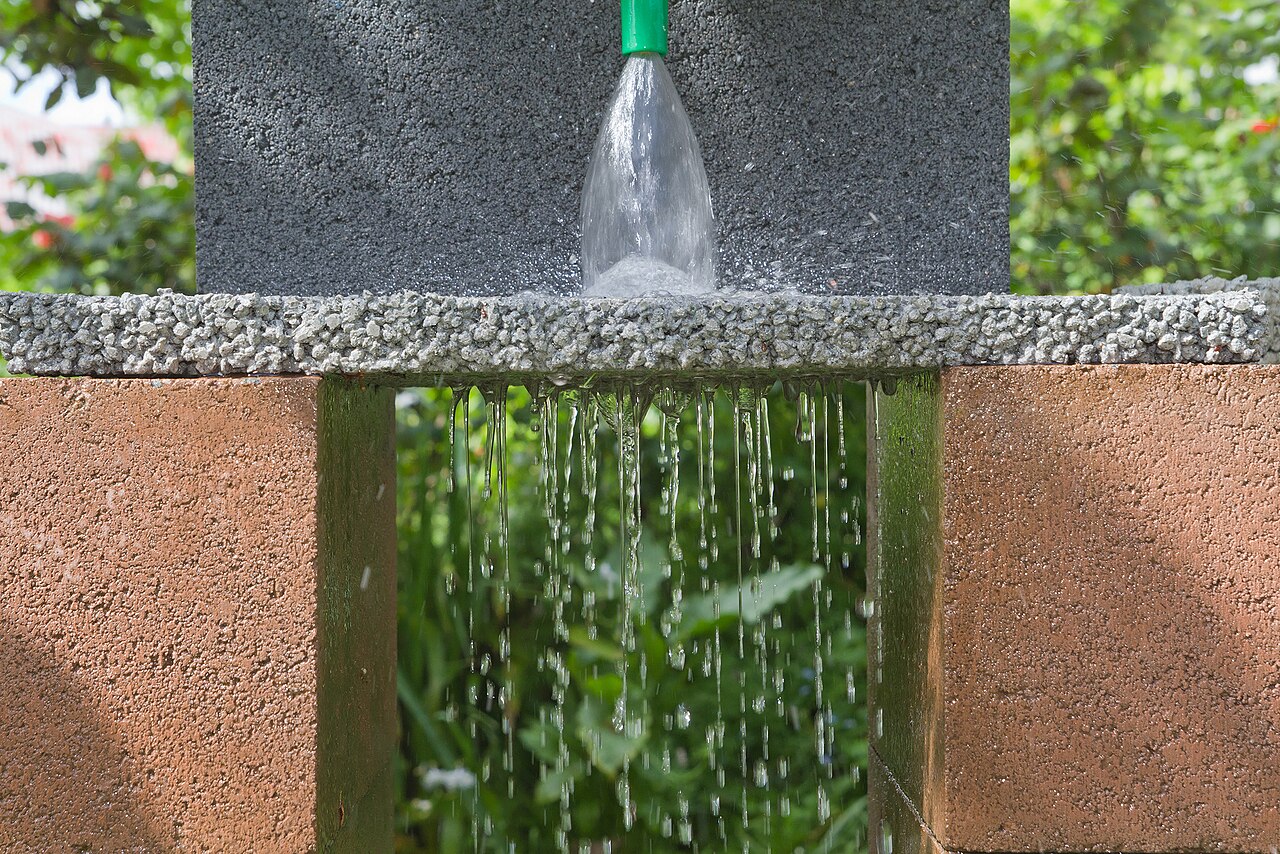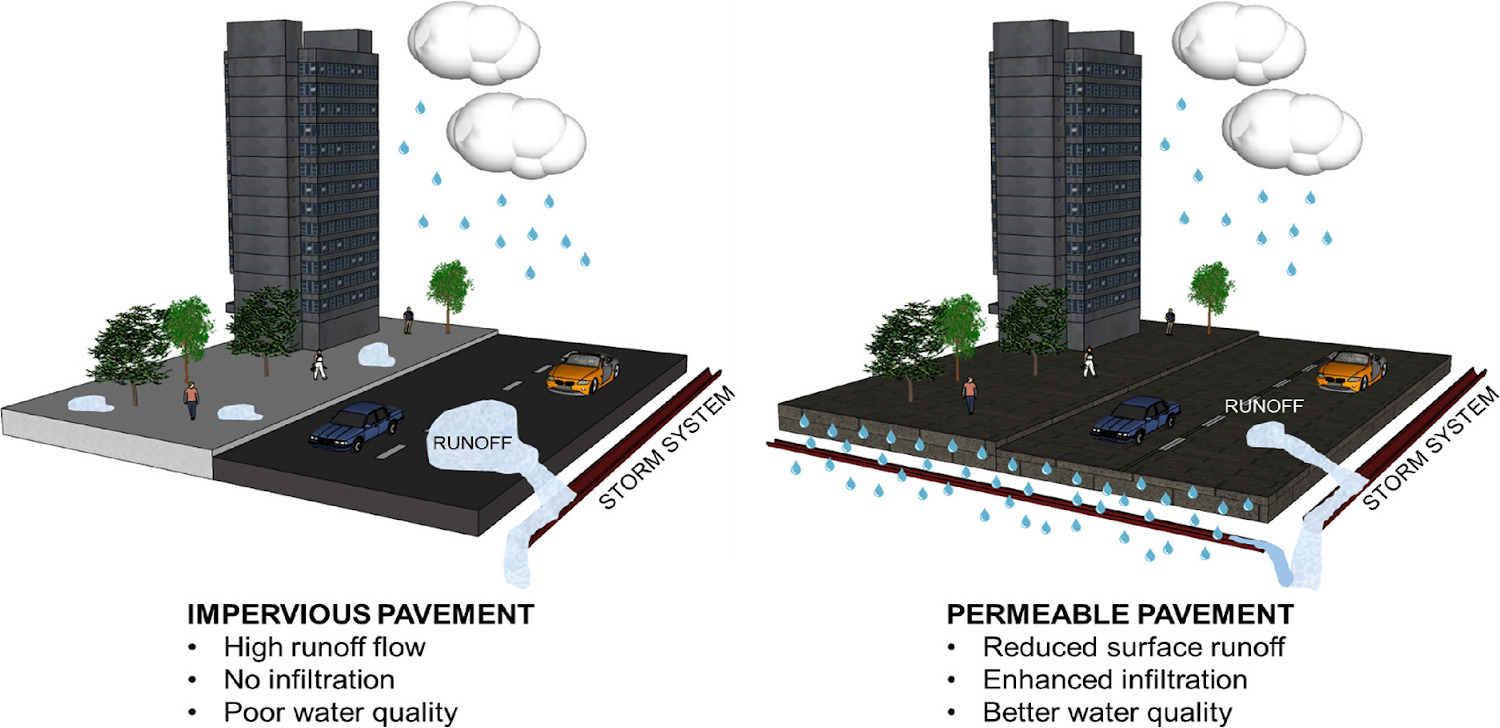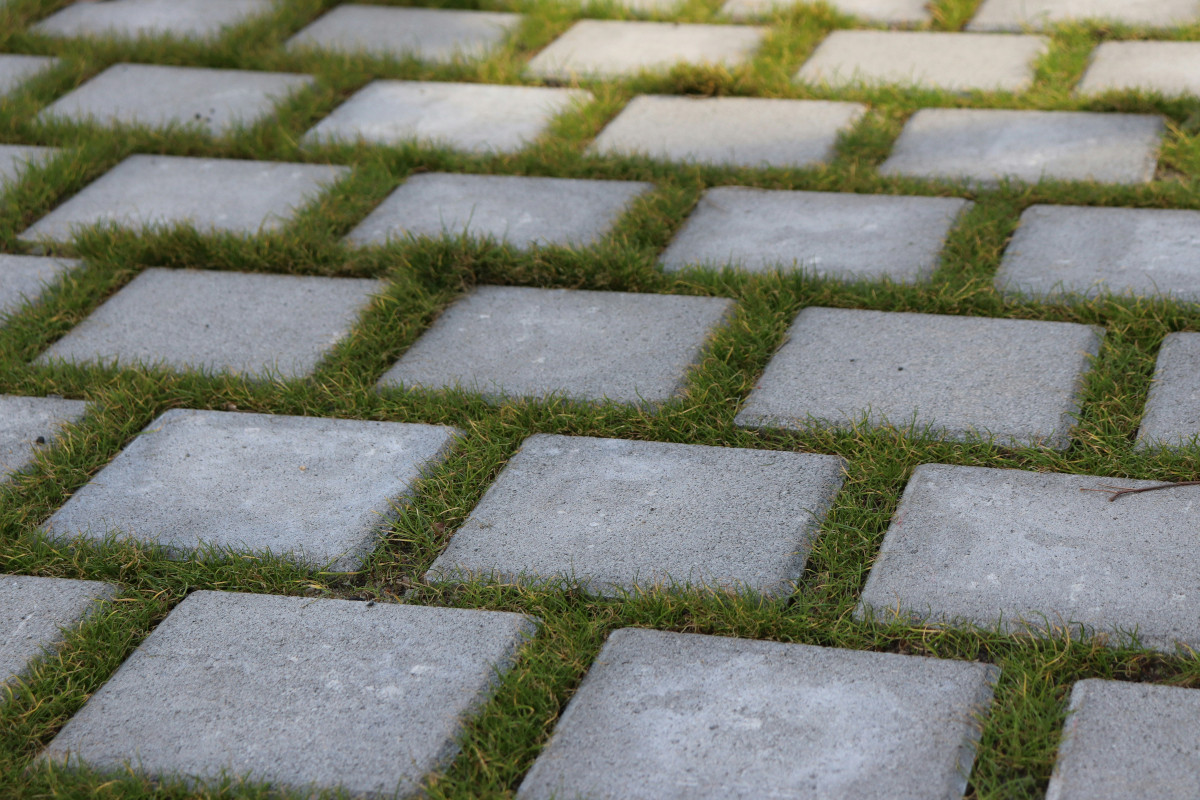
Let your mind wander for a moment and imagine the journey every scrap of trash makes before it gets to the beach. A cyclist enjoying a ride in the countryside doesn’t notice the plastic bottle falling out of their backpack. A bag drifts away from a campers’ picnic, a tourist can’t find a trash can, and carelessly drops their ice cream wrapper on the ground.
But it’s harder to picture the journeys of other types of waste. Especially the kind we can’t even see. You might be surprised to learn that most of the microplastics that end up in the ocean actually come from cosmetics we use at home, machine-washed synthetic garments and tires rubbing against the roads.
The latter can be found in city soil and air and are subsequently carried by rainwater into sewers and rivers, on a direct route to the ocean. Various initiatives are being developed to get around the problem, such as installing permeable paving to reduce the level of microplastics being dumped into our natural environment, causing water contamination.
These infrastructures are known as sustainable drainage systems (SuDS) and are a fine example of how more eco-conscious construction and nature-based solutions can partially mitigate the impact of our activities on the environment.
How do microplastics travel from the road to the sea?
In recent centuries, cities and towns worldwide have transformed the soil they sit upon. Natural surfaces have been covered or replaced with impermeable paving like asphalt, concrete or tiles, for example. And when the rain comes, the surfaces make it impossible for water to filter through to the soil, producing so-called urban runoff.
On the one hand, it increases the risk of flooding; the soil can no longer absorb the rainwater. On the other, it transports contaminants like microplastics, fertilizers and hydrocarbons to large bodies of water such as rivers, without any prior purification treatment.

Paving lacking any vegetation or systems to promote water filtration. Andrew Gook (Unsplash).
Microplastics—particles less than five millimeters small—end up in our oceans, contaminating the water. As the material travels to the ocean, it traps and absorbs various pollutants, dragging them along for the journey. And then it gets to the ocean. Pulled along by the tides, the microplastics can even give invasive species a ride from one place to another.
Marine creatures then ingest the plastics, and the toxic material enters the food chain. The creatures that swallow it often either suffocate or end up filling their stomachs with the foreign matter, leaving no space for any food. And so goes on the never-ending list of consequences of microplastics (or plastics in general) in our precious oceans.
What solution does permeable paving provide?
As the name suggests, permeable paving allows the water to pass through it. It generally consists of several layers: the most superficial ones (made up of porous blends, grass, gravel or porous tiles, for example) allow water to infiltrate the ground, while the deeper layers function as a reserve, encouraging subsequent reuse or evacuation.

How permeable paving works. JJ Harrison (Wikimedia Commons)
Research by Valencia Polytechnic University’s Institute for Water and Environmental Engineering (IIAMA-UPV) published in the journal Science of Total Environment has proved that this type of paving can reduce microplastics contamination in untreated water entering the environment.
Specifically, the study concluded that the use of permeable paving can reduce this type of pollution by up to 94%. In the infrastructures analyzed, the water was temporarily retained below the surface, and then used, infiltrated into the ground, or travelled into a drainage network and flowed back into the natural environment.

Difference between permeable and impermeable paving. IIAMA-UPV (Science Direct).
The results were particularly positive in the absorption of fragments over 0.1 mm. This opens the door to new research to achieve waste retention for even smaller fragments, thanks to developments in design and technology.
What are the advantages of permeable paving?
As Valencia Polytechnic University explains, permeable paving helps to restore the natural water cycle, which has been affected by ongoing urbanization over the last few decades. It also controls runoff, absorbing particles such as microplastics, complementing activities in sewage systems and promoting the infiltration of water into the soil, thereby restocking groundwater levels.

Paving with filtration options. Toinane (Unsplash)
Similarly, this type of paving can easily support pedestrian and vehicle traffic. It’s increasingly being used in so-called sponge cities, planned in such a way that porous soil can retain and filter water through nature-based solutions, mitigating the effects of flooding and improving urban resilience.
Projects such as the Green Stormeater Infrastructure in Philadelphia (United States) and CityAdapt in San Salvador (El Salvador) are joining others in Wuhan (China), Melbourne (Australia) and Seattle (United States), all championing ways to restore the ground’s capacity to absorb rainwater.





There are no comments yet